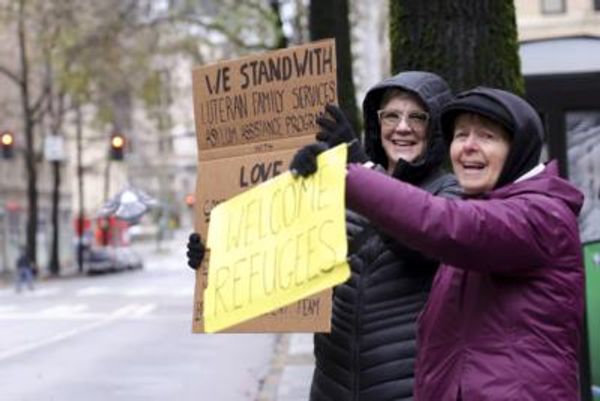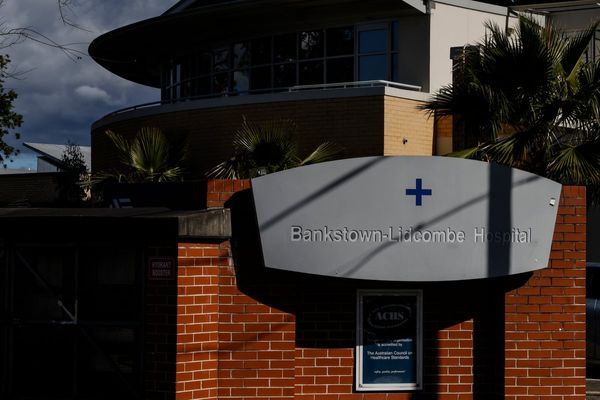Welcome to the Friday, March 4, Brew.
By: Douglas Kronaizl
Here’s what’s in store for you as you start your day:
- A look at school mask requirements since the start of the COVID-19 pandemic
- Jackson’s Supreme Court nomination brings the total number of upcoming Article III judicial vacancies to 40
- #FridayTrivia: How many U.S. Senators have announced their retirements so far this cycle?
A look at school mask requirements since the start of the COVID-19 pandemic
Since Feb. 1, 10 states have ended their school mask requirements and leaders in four more announced an end within the next week. Only one state, Hawaii, has not announced an end to its school mask requirement.
- Thirty-five states required masks in schools at some point since the start of the COVID-19 pandemic in 2020. Some states issued requirements specifically covering schools while others were by-products of more general statewide mask requirements.
- On June 10, 2020, Maryland and Washington became the first states to issue school reopening guidance requiring masks in schools at the start of the 2020-2021 school year.
- Wyoming was the latest state to issue its first school mask requirement, which began on Dec. 7, 2020, and ended June 1, 2021. North Dakota had the shortest statewide school mask requirement, from Nov. 14, 2020, to Jan. 18, 2021.
All 14 states with Democratic trifectas had school mask requirements at some point during the pandemic. Of the remaining 21 states, 10 have had Republican trifectas throughout the pandemic and 10 have had divided governments. One state—Virginia—changed its trifecta status from Democratic to divided after Republicans won the governorship and House during the 2021 elections.
Since the start of the pandemic, nine states have banned school mask requirements, four of which—South Carolina, Texas, Utah, and Virginia—had previously required masks in schools. Arkansas’ ban was the first to take effect on April 28, 2021. Court action laters suspended that ban on Sept. 30, 2021.
Virginia most recently banned school mask requirements. Gov. Glenn Youngkin (R) issued an executive order banning mask requirements on Jan. 24, 2022, which was later overturned in court. Youngkin subsequently signed a bill into law banning requirements, which took effect on March 1.
Of the nine states that have banned school mask requirements, eight have had Republican trifectas throughout the pandemic, with Virginia as the remaining state.
In 10 states, neither a requirement nor a ban ever took effect either because they were never proposed or because they were blocked before taking effect. Those states include six with Republican trifectas throughout the pandemic—Arizona, Georgia, Idaho, Nebraska, Missouri, and South Dakota—two with divided governments—Alaska and Kansas—and two whose trifecta statuses changed from divided to Republican during the pandemic—Montana and New Hampshire.
Jackson’s Supreme Court nomination brings the total number of upcoming Article III judicial vacancies to 40
The total number of upcoming Article III judicial vacancies rose to 40 on Feb. 28, 2022, after President Joe Biden (D) formally nominated Ketanji Brown Jackson, a judge on the U.S. Court of Appeals for the D.C. Circuit, to fill the vacancy on the U.S. Supreme Court caused by the retirement of Justice Stephen Breyer.
Article III judgeships refer to federal judges who serve on one of the 13 U.S. courts of appeal, 94 U.S. district courts, and on the Court of International Trade. These are lifetime appointments made by the president and confirmed by the U.S. Senate.
These positions are not yet vacant but will be at some point in the future with every judge having announced his or her intent to either leave the bench or assume senior status. In the meantime, these judges will continue to serve in their current positions.
The president and Senate do not need to wait for a position to become vacant before they can start the confirmation process for a successor. For example, Judge Ellen Hollander on the U.S. District Court for the District of Maryland announced she would assume senior status only after the confirmation of her successor. There are currently eight nominees pending for upcoming vacancies.
Twenty-four vacancy effective dates have not been determined because the judge has not announced the date he or she will leave the bench. The next upcoming scheduled vacancy will take place on March 18, 2022, when U.S. District Court for the Southern District of Iowa Chief Judge John Jarvey retires.
In addition to these 40 upcoming vacancies, there are 78 current Article III vacancies in the federal judiciary out of the 870 total Article III judgeships.
Biden has announced nominees for 37 Article III positions. Nine are awaiting a hearing with the Senate Judiciary Committee, 11 are awaiting a vote from the committee, and 17 are awaiting a final confirmation vote in the full U.S. Senate.
#FridayTrivia: How many U.S. Senators have announced their retirements so far this cycle?
In Monday’s Brew, we brought you an update on U.S. Sen. Jim Inhofe (R-Okla.) who announced last week that he would retire on Jan. 3, 2023, triggering a special election this November. With his announcement, Inhofe became one of a number of senators who have announced their retirements so far this cycle, the largest number recorded since 2012.
How many U.S. Senators have announced their retirements so far this cycle?
Learn More






